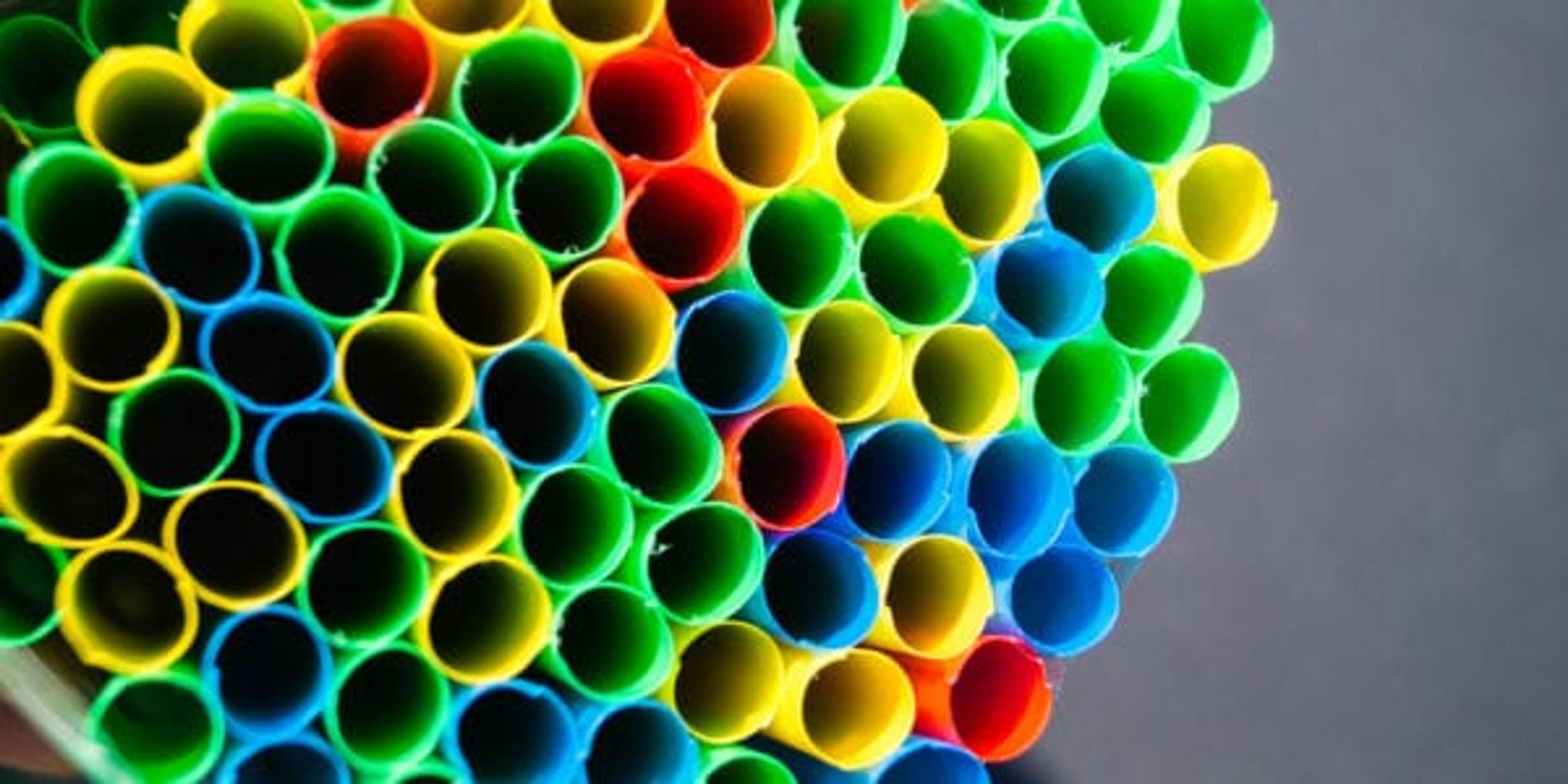What You Need to Know about Microplastics

Ryan Miller
| 4 min read

According to the National Oceanic and Atmospheric Administration (NOAA), microplastics are tiny pieces of plastic debris, less than five millimeters in length.
Unfortunately, our reliance on plastic in all forms, including microplastics, makes it “the most prevalent type of marine debris found in our ocean and Great Lakes”, again from NOAA.
Despite their small size, the effects from microplastics loom large as a dangerous contribution to our environment and health.
Where do microplastics come from?
Microplastics are often broken-down pieces of larger plastic products that end up in landfills and degrade over time. Microbeads, which are sometimes added to facial cleansers and toothpaste to deliver exfoliant properties, are another source of microplastics.
Why do they matter?
Microplastics end up in our soil and groundwater. Because they can easily pass through municipal water filtration systems, they also end up in lakes and oceans, where they’re likely to be eaten by marine organisms, such as fish.
Microplastics have been found in fish for sale at markets and in oysters and mussels. While there isn’t a lot of research surrounding the health effects on humans consuming seafood with microplastics in their guts, there’s no doubt plastic in the oceans has been detrimental to sea creatures. Ocean plastic is estimated to kill millions of marine animals every year. A notable example is the beached whale found with 30 plastic bags in its stomach.
Microplastics in daily life
The typical microplastics we use in our everyday life – such as plastic bags and bottles – are known as secondary microplastics. These are larger pieces of plastic that eventually break back down into smaller pieces, and yes, this includes straws which are being banned by some retailers. Traditional food storage containers, such as Tupperware, are mostly considered to be safe. However, if certain plastics, such as polycarbonate, are used in the production of containers, the chemical Bisphenol A (BPA) could leech into food during heating.
Microplastics can also go beyond simple food and drink storage. Surprisingly, a lot of sportswear and fleece contain microplastics (in the synthetic fabric fiber) that can be released when washed. This unfortunately leads to the fibers being drained with the water and filtered into the sludge. Other products, such as car tires and paint from roads and buildings, can all be sources of microplastics.
What can you do to reduce microplastics?
Reducing waste and doing your part to solve the microplastics problem is easier than it sounds.
- Bring your own bags. Bring cloth bags with you to the grocery store instead of defaulting to plastic. If you forget, ask for paper.
- Be conscientious about your purchases. Don’t purchase facial cleansers or other beauty products with microbeads and consider swapping your favorite fleece for more sustainable fabrics.
- Change your food storage and consumption habits. Use a refillable glass or stainless steel water bottle and consider bringing your own coffee cup for your barista to fill – some places offer a discount if you do this. Start replacing your plastic food containers with glass and use these instead of plastic baggies when you pack lunches. Consider whether you really need a straw when you order a drink and consider bringing your own re-usable silverware when you have fast food cravings.
- Reduce, reuse, recycle. While a lot of attention is paid to recycling, did you know there’s actually a waste hierarchy that’s important to follow. It simply means the first thing we should be doing to reduce our plastic footprint is to reduce the amount we purchase and use. Once it’s in our homes, think about how to reuse it, and finally, when it’s reached the end of its usefulness, make every effort to recycle it so it doesn’t end up in a landfill or in the water supply.
For Michiganders, the Great Lakes are one of our greatest natural resources and treasures. By making an effort to reduce your use of plastics, you can help stop the damaging environmental effects of microplastics.
For more articles like this, check out:
Photo credit: Andreas Steidlinger





